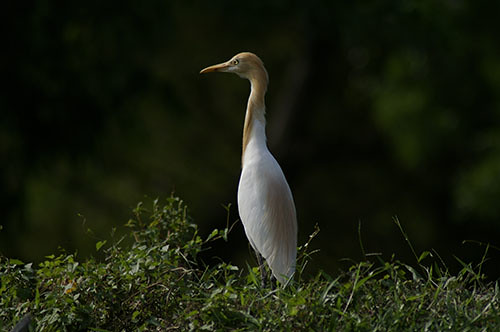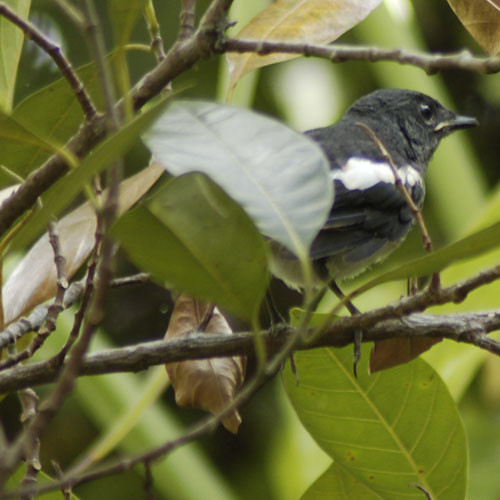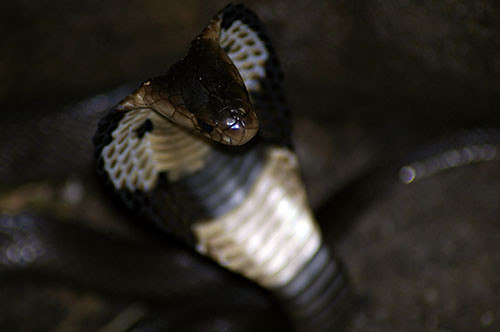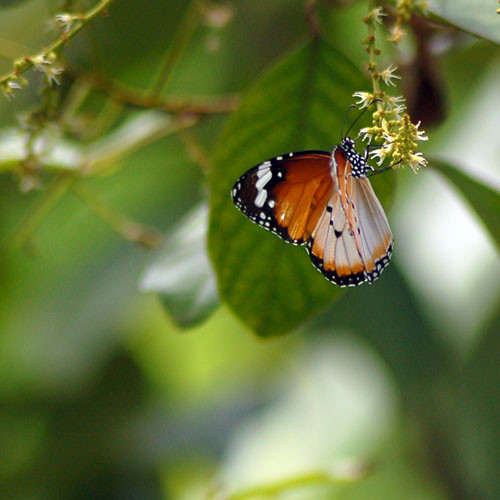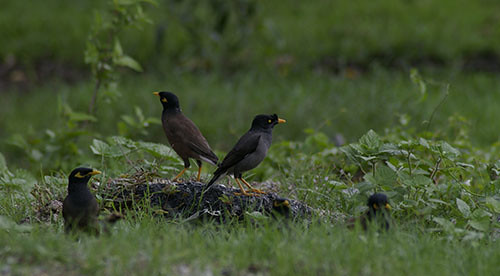Breaking the rule

_DSC4135, originally uploaded by Fadzly Mubin.
Taken with a Nikon D50 and Nikon 70-300mm f/4-5.6G lens
Quoting a famous photographer James Balog:
About a week ago, I was in Connecticut photographing the largest oak tree in New England on this farm. The elderly man who was the farmer who had lived on this ground for his entire life--he was 80 years old--was very interested in tagging along with me because he was in a camera club and he wanted to talk camera talk.
He started talking about how they had this rule in the camera club that you couldn't show the presence of humans in the pictures, that you couldn't show anything. There couldn't be a wire or a phone pole, let alone any overt thing like a pasture or something.
And I said to him, "The whole story about this tree is the fact that this 400-year-old tree is standing here surrounded by forest that's been mowed down and the only thing that exists now is a pasture." That's the story. That's what's interesting--not hiding from the fact that that happens.
Labels: AF Zoom-Nikkor 70-300mm f/4-5.6G, Animal, Nikon D50, Philosophy of Photography, Photography










